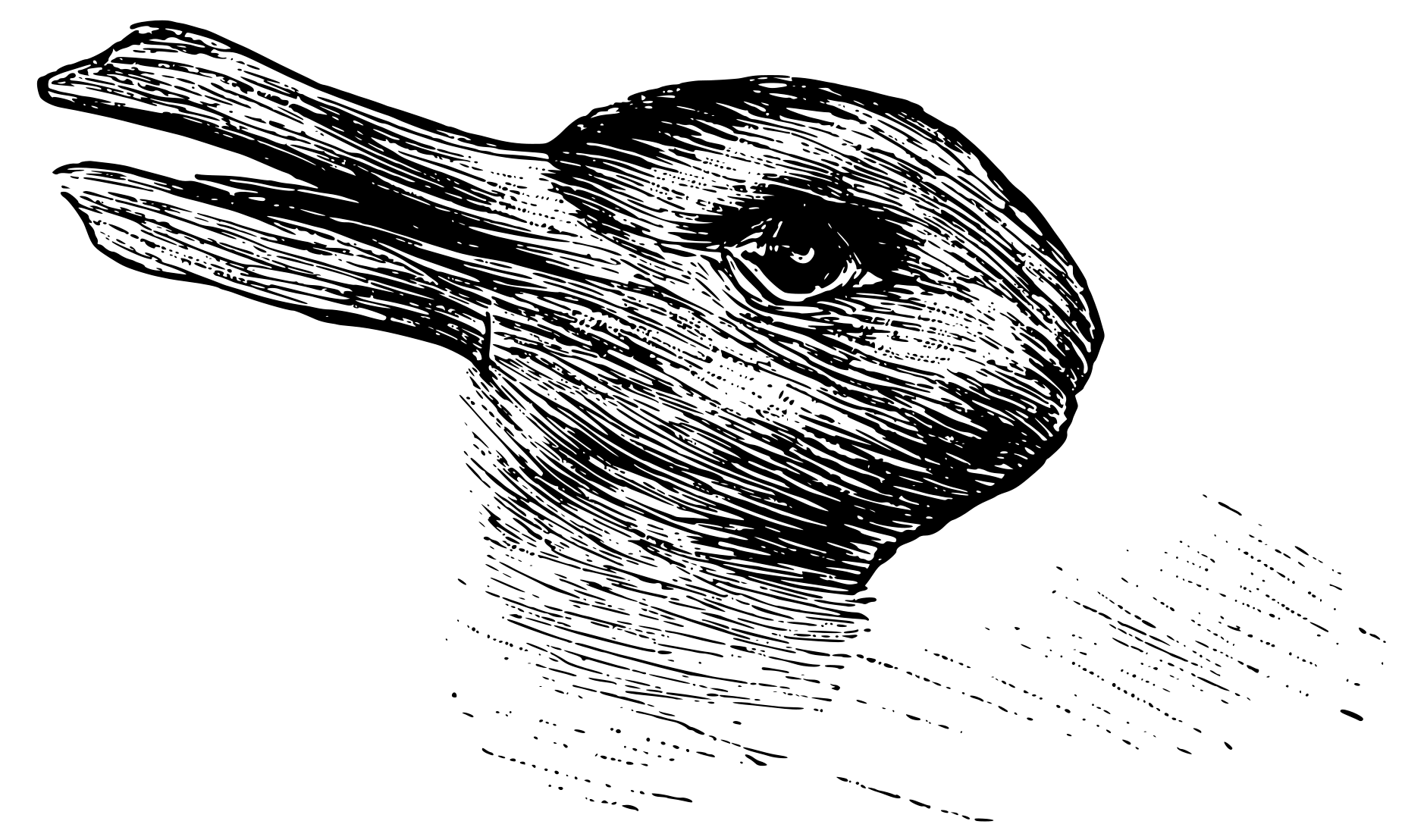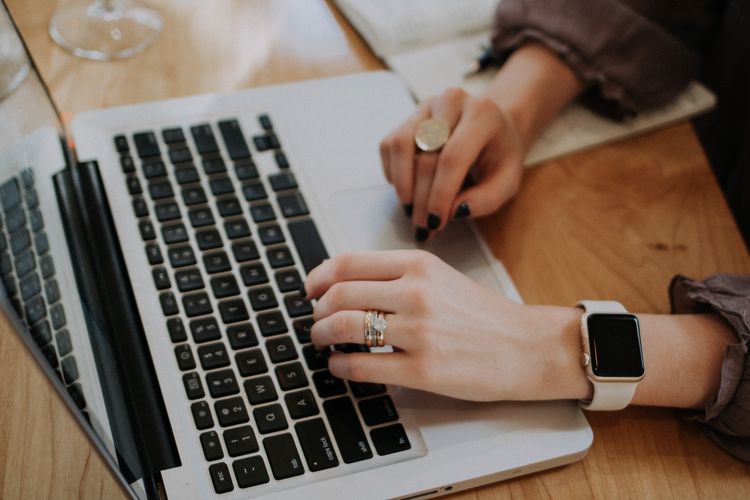The rabbit/raven illusion, explained

Last Sunday, I came across a video posted on the Imgur twitter account.
I think there's something wrong with your rabbit. https://t.co/Llr6QQ6Nd1 pic.twitter.com/V4LHapsZD3
— Imgur (@imgur) August 17, 2019
As a psychological scientist, I knew that this video and comment alluded to the famous bird/rabbit illusion, first popularised by psychologist Joseph Jastrow, but originally published in 1892.

Even in light of the comment attached to Imgur's tweet, I still thought it was fairly obvious that the animal was a bird. So using Twitter's "share video" function, I reposted the video (which attributes Imgur as the original poster underneath the video on Twitter's website and Twitter smartphone apps) and added my comment, to spice up the illusion.
Rabbits love getting stroked on their nose pic.twitter.com/aYOZGAY6kP
— Dan Quintana (@dsquintana) August 18, 2019
By first directing the viewer's attention to the nose, I was trying to distract viewers from the ears/beak, one of the clear giveaways that this was a video of a raven—a white-necked raven to be precise.
But to me, the most obvious giveaway was the eye. Here's a snippet of my response to CNET, who reached out to me over a Twitter direct message.
"I thought it was fairly clear that the video was of a bird ...as you can see the translucent nictitating membrane sweep across the eye horizontally (rabbits don't have membranes like this)"
I thought a few of my followers, many of which are also psychological scientists, would have had a chuckle at this famous static image coming to life.
Turns out I was wrong.
As I'm writing this, the video in the tweet has been viewed almost 8 million times. To my surprise, the tweet has been featured on several websites and his was even shared on TV news segments.
As a scientist, I understand the importance of acknowledging people's work. I shared the Imgur video in good faith that the original poster owned the video. Only later did I discover that this video was originally posted over two years ago by Paige Davis, who is the curator of bird training at the World Bird Sanctuary. When I discovered this, I added a clarification to the original tweet thread, acknowledging the original source.
To be honest, the "success" of this tweet is a little bittersweet. Compared to the 30-seconds it took me to write this tweet, I spend years working on my research on the hormone oxytocin, only for these outcomes to be shared about a hundred times on Twitter, at best.
Well, at least one person discovered my research as a result of the tweet, so maybe this was 30-seconds well spent.
I found you through the "rabbit", but rest assured I'm following for your content. This research is real fuckin' interesting
— Eff Luls (@FreddoBarNone) August 20, 2019




